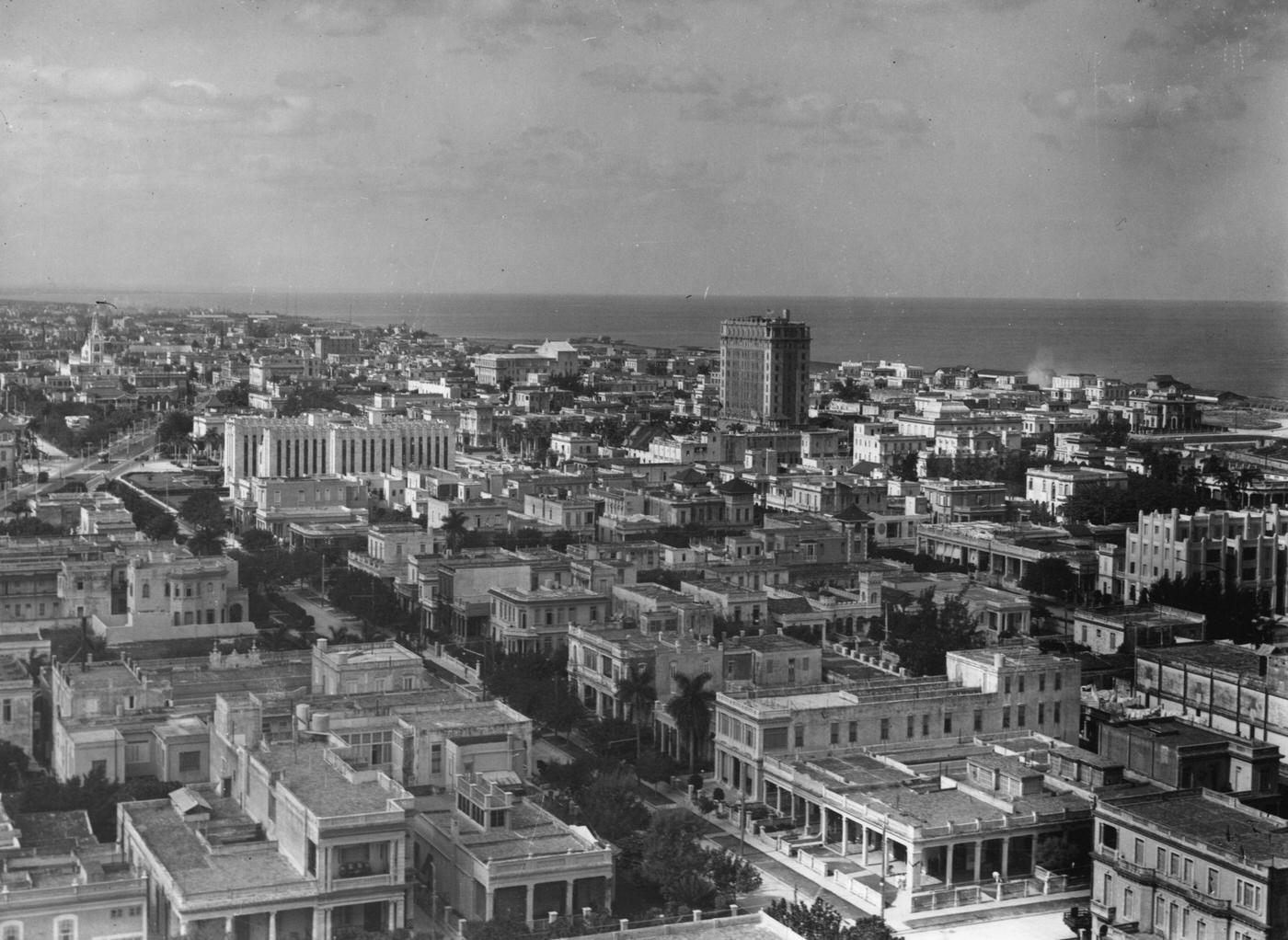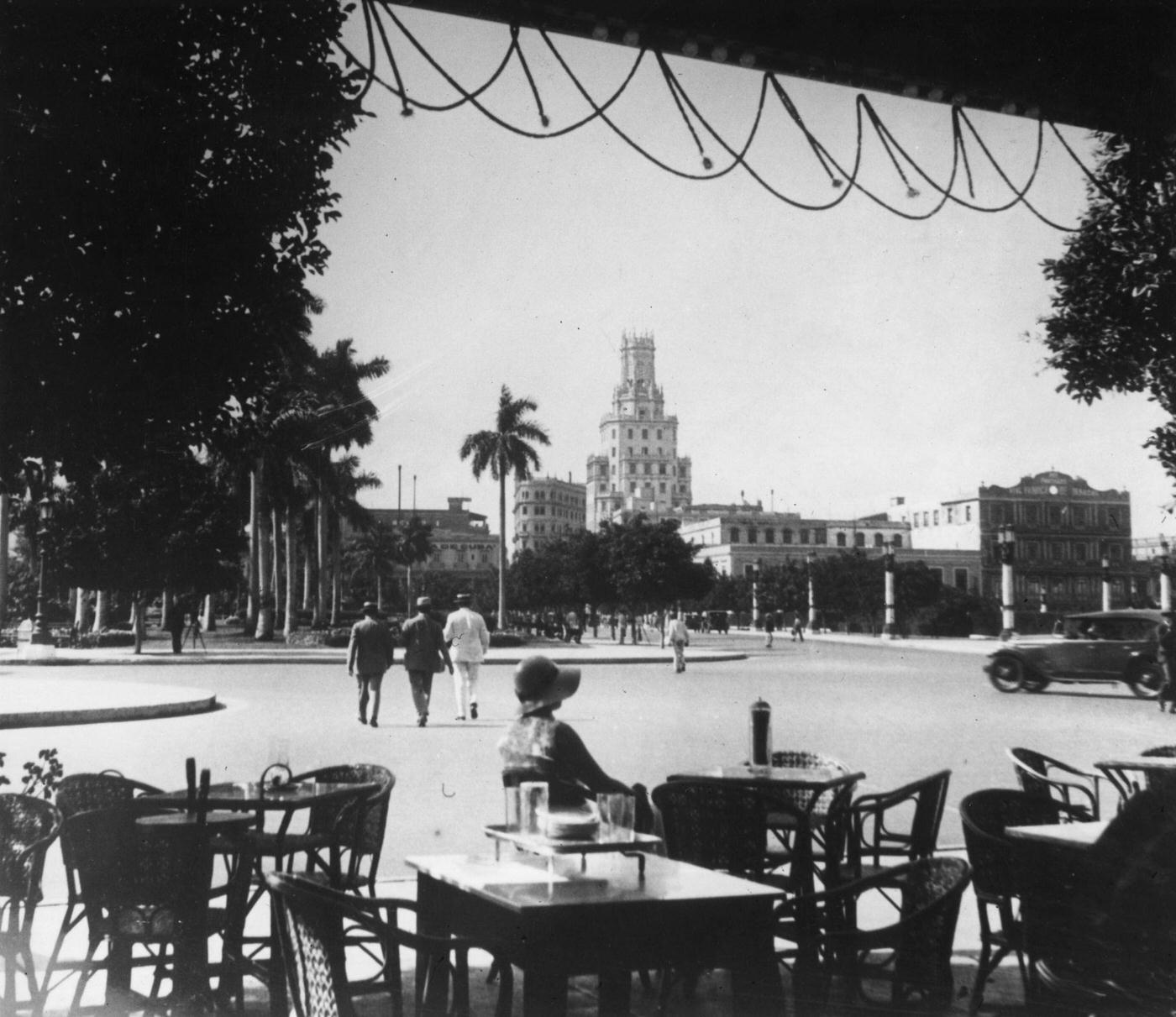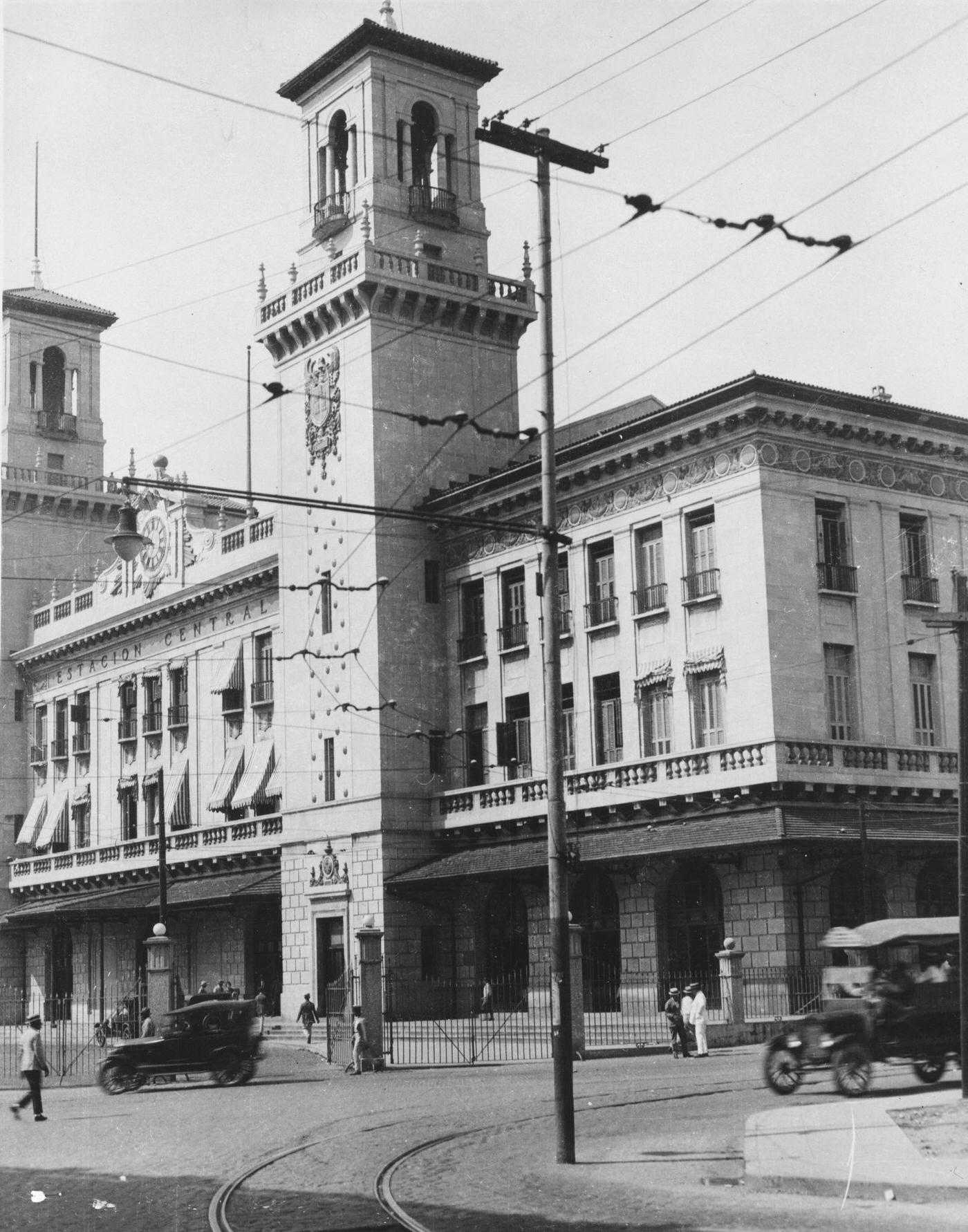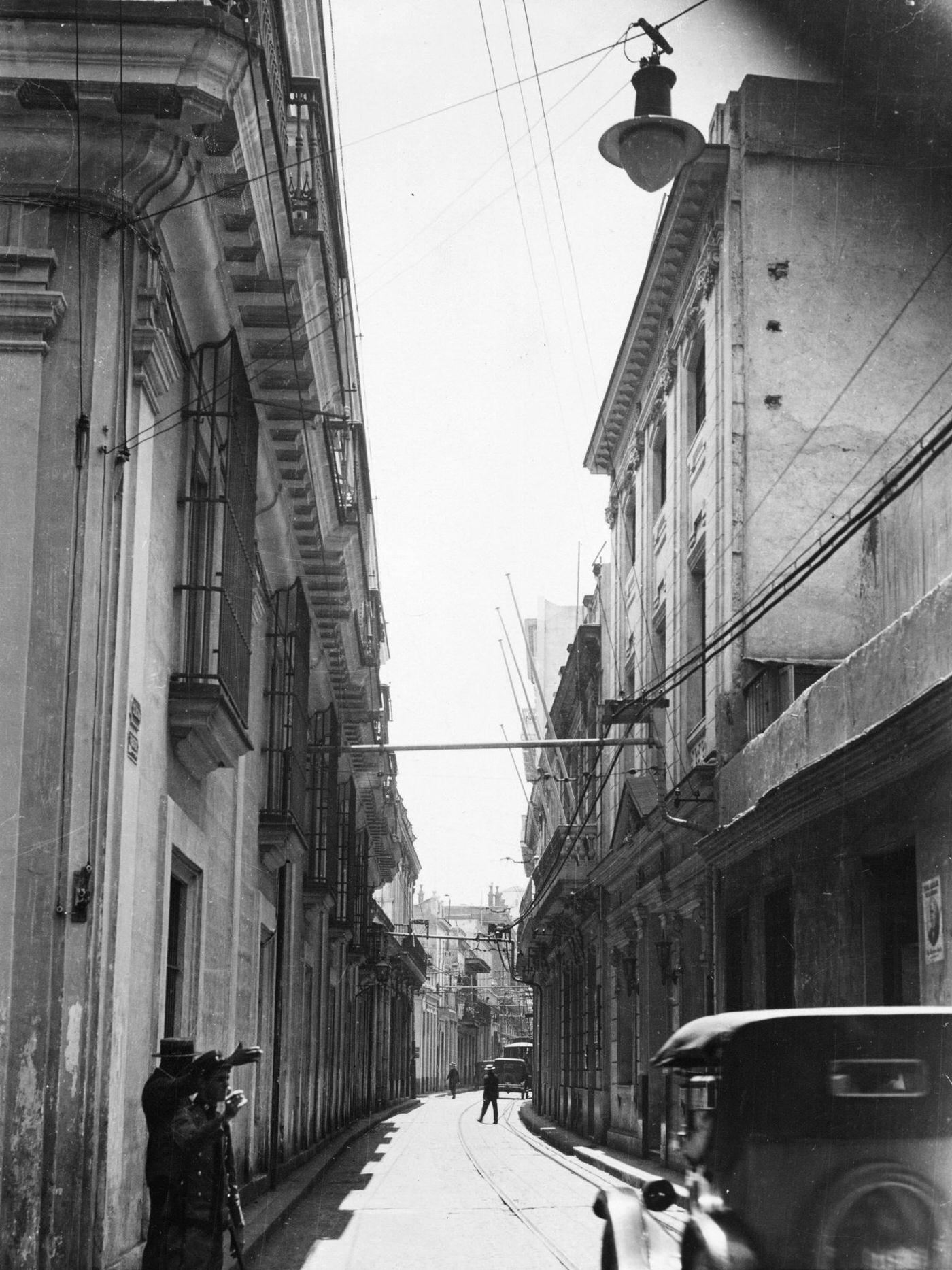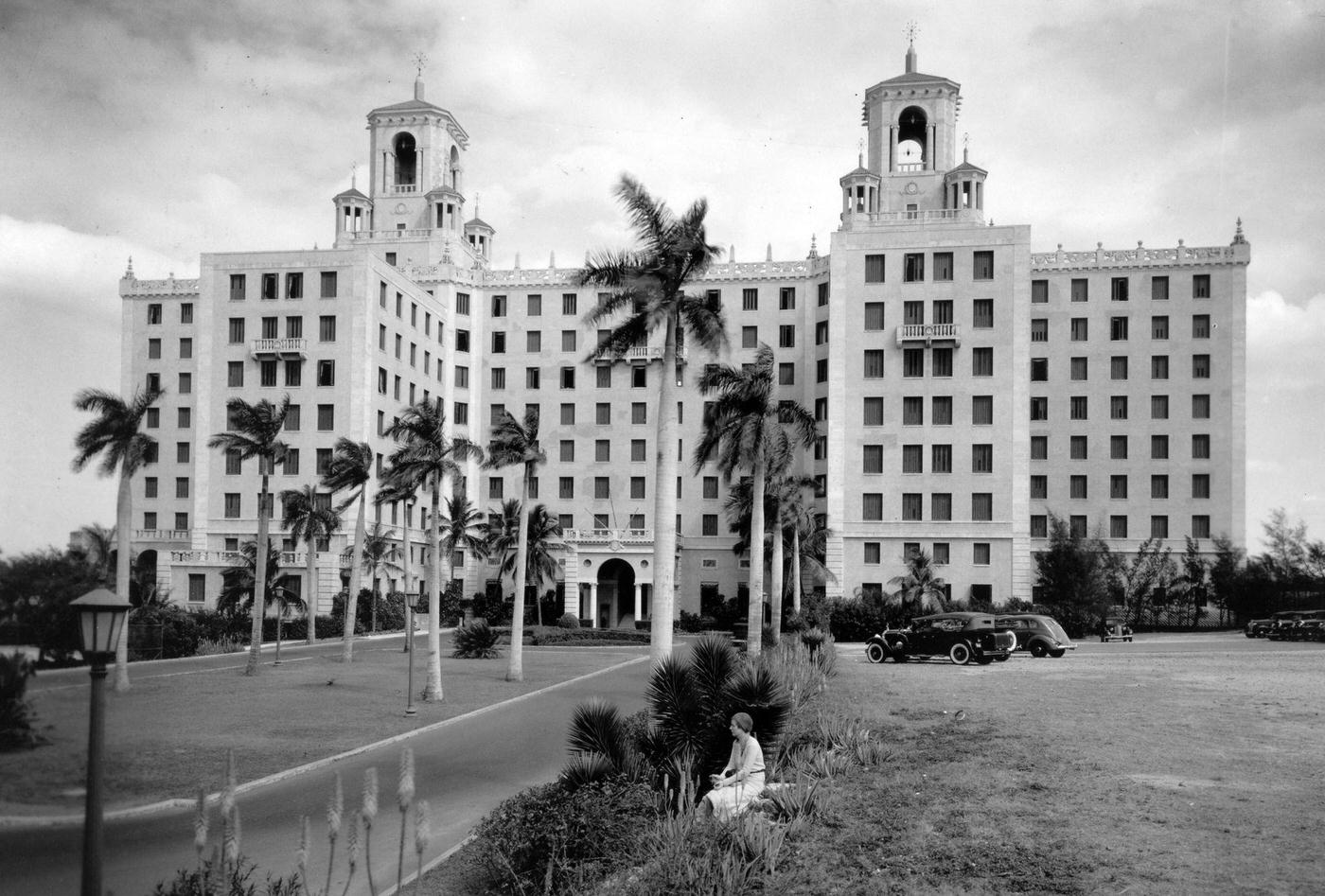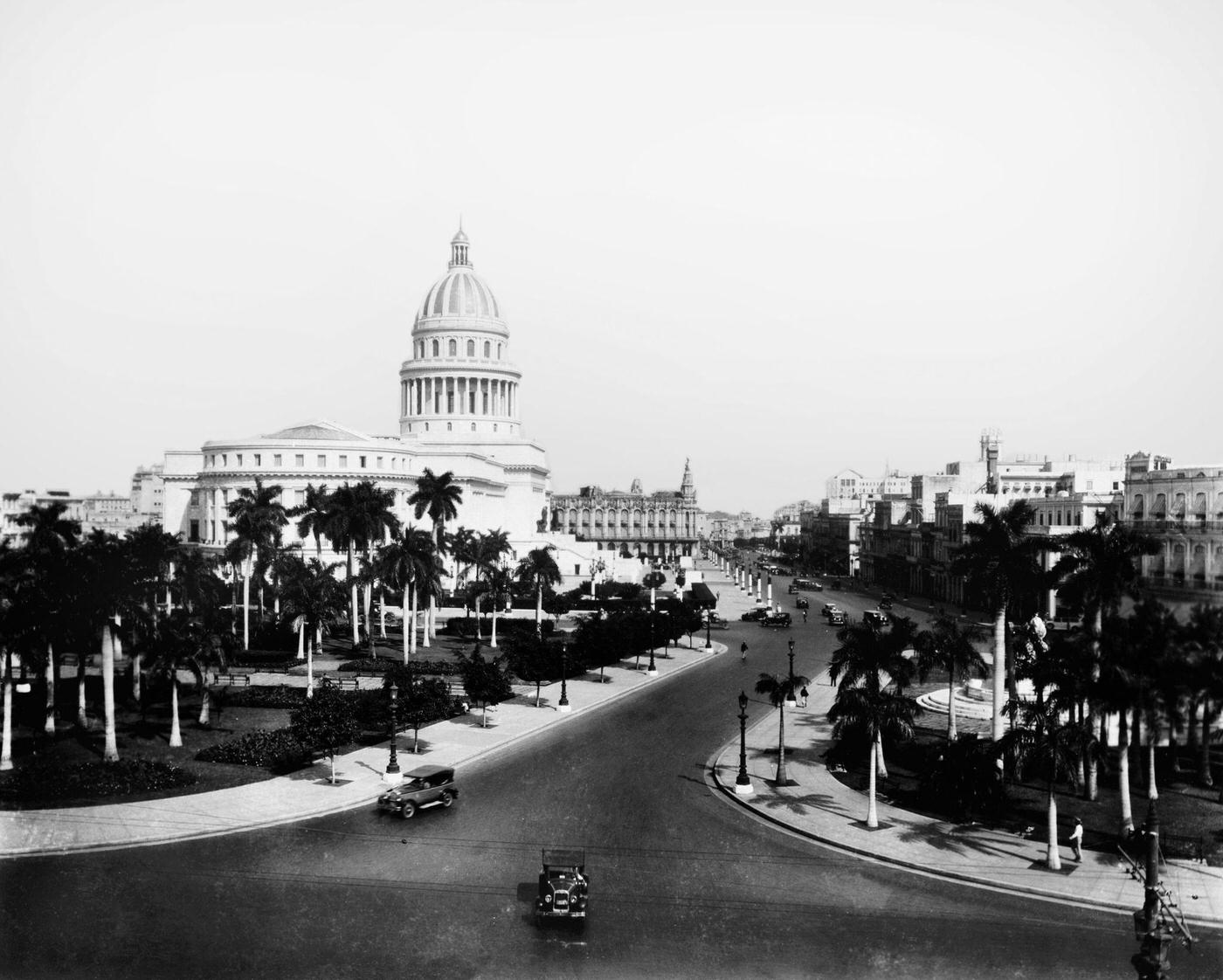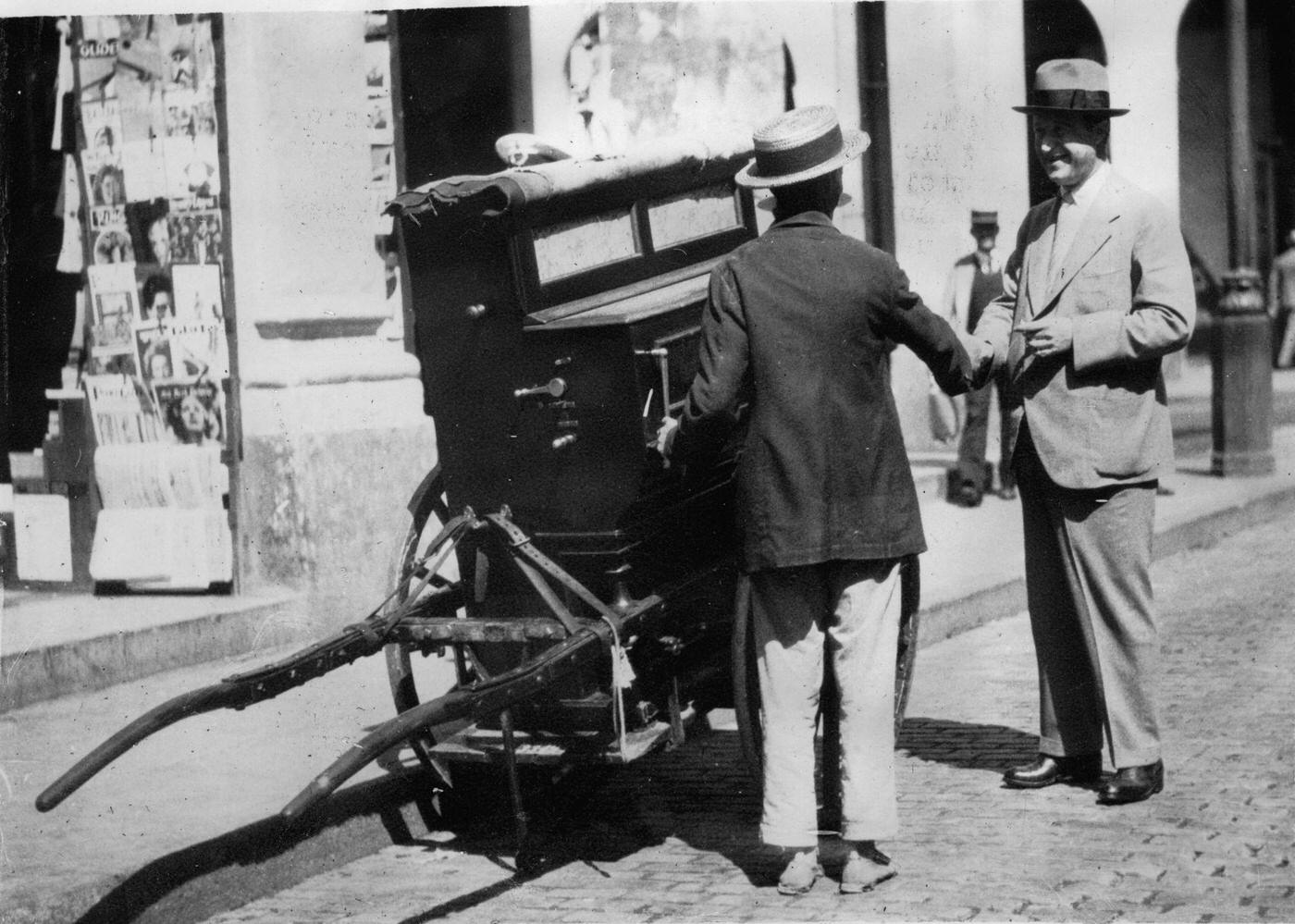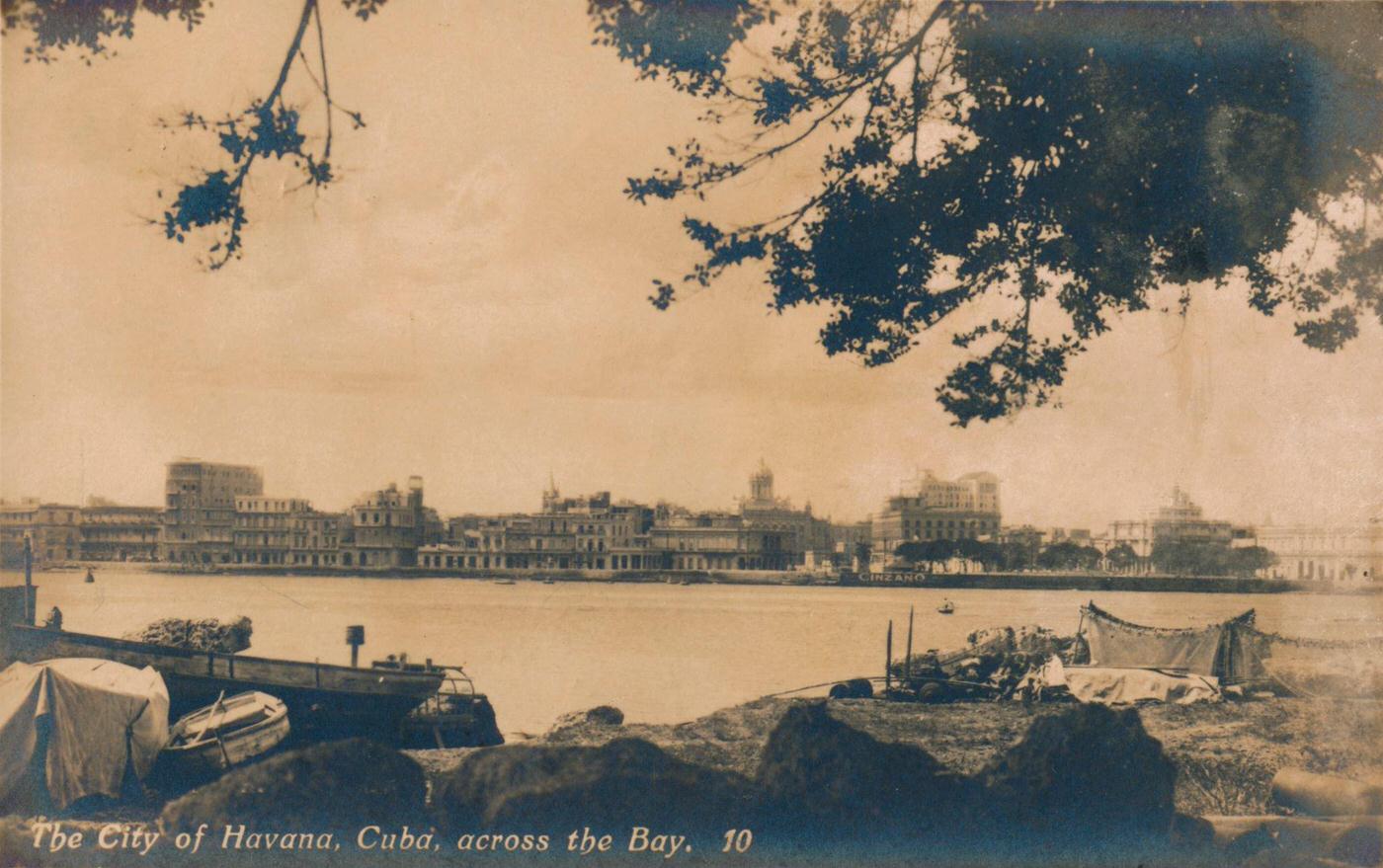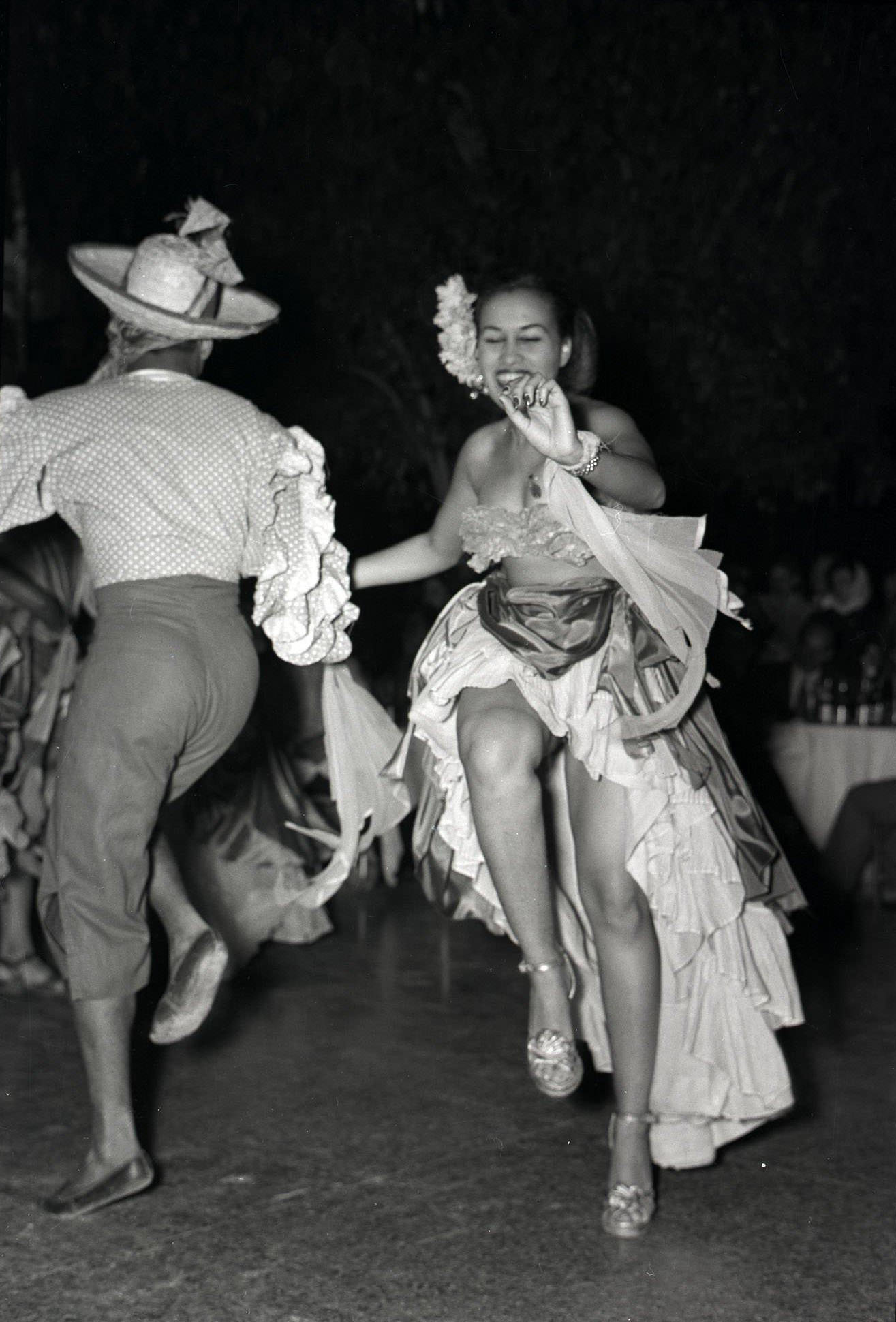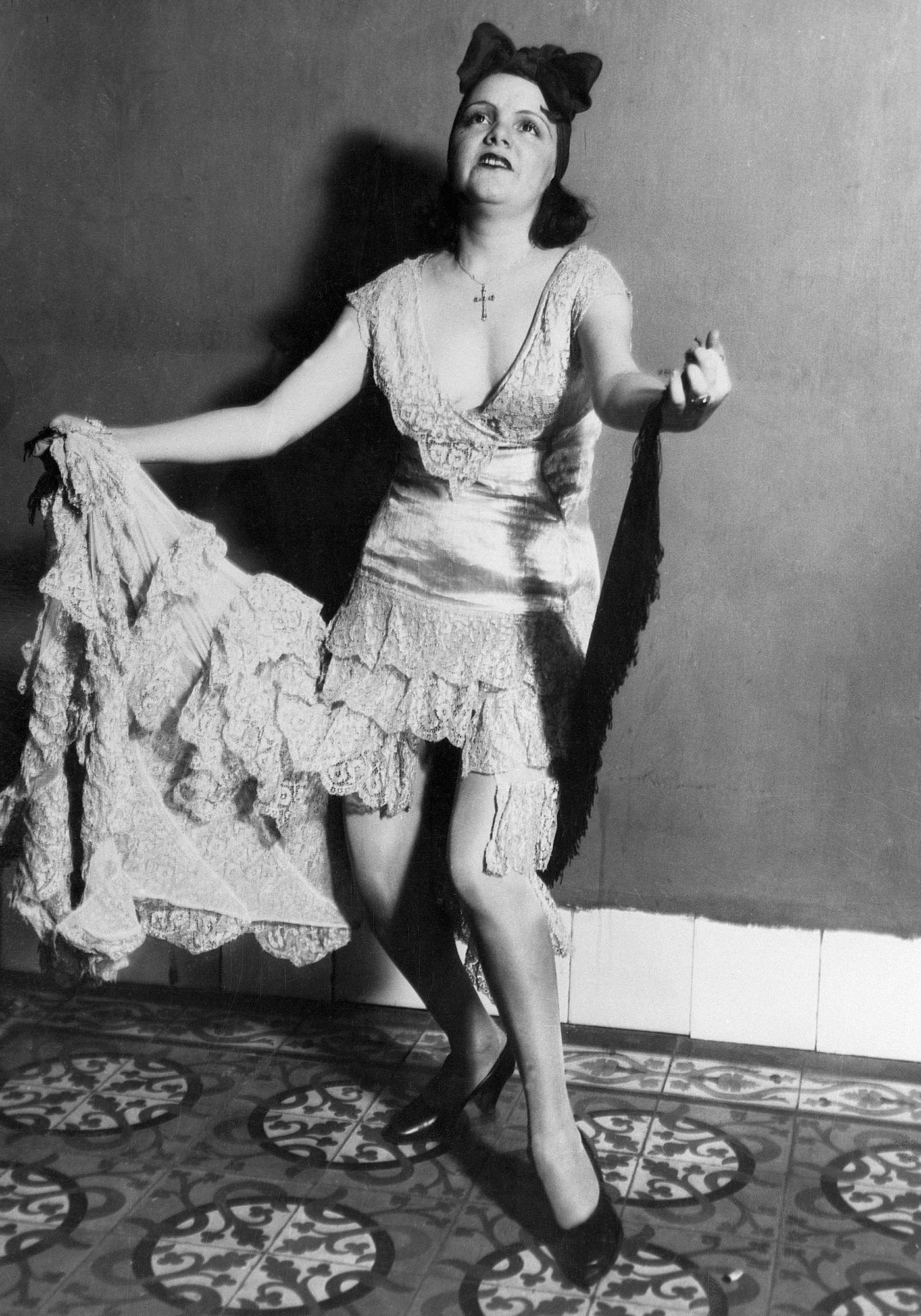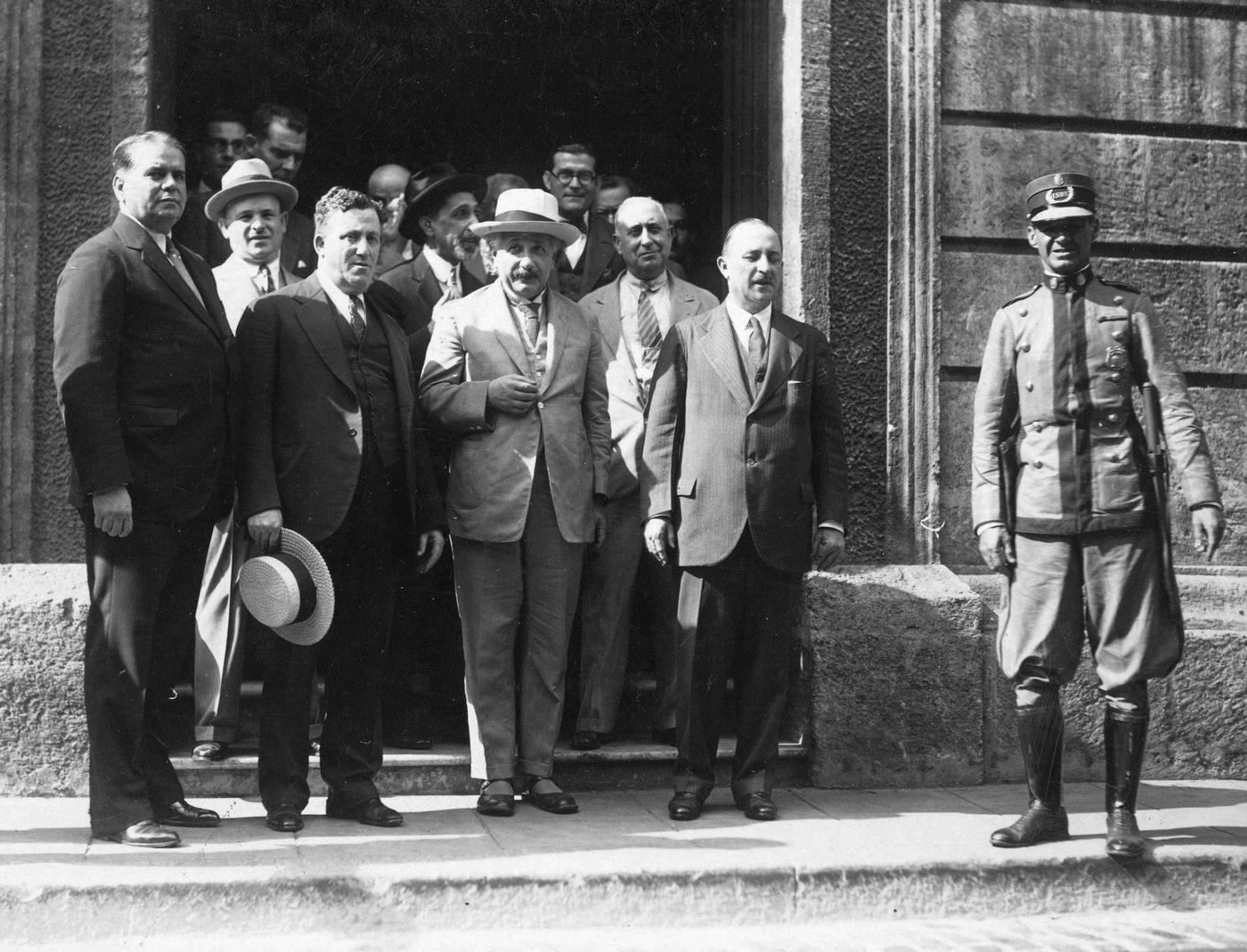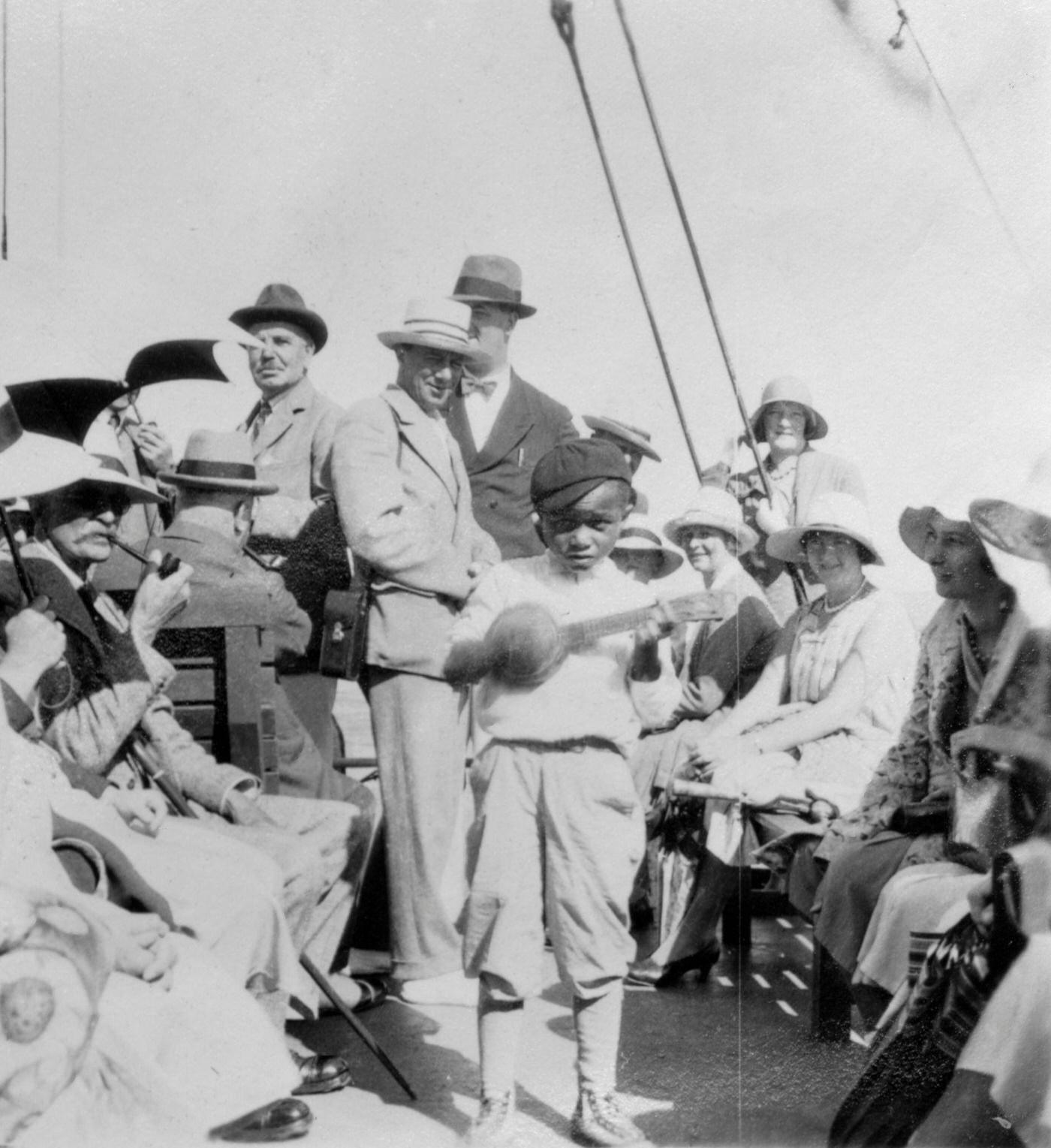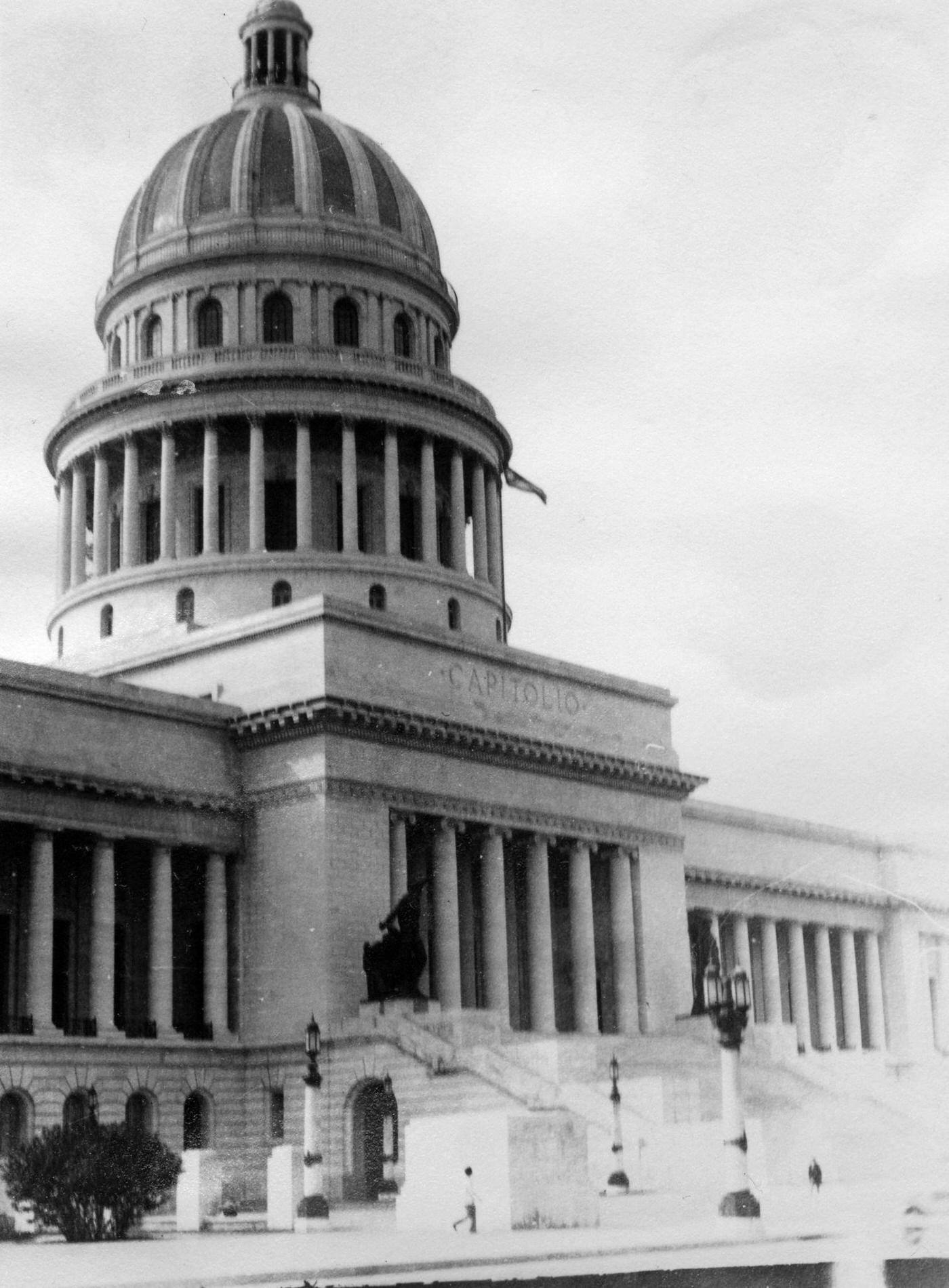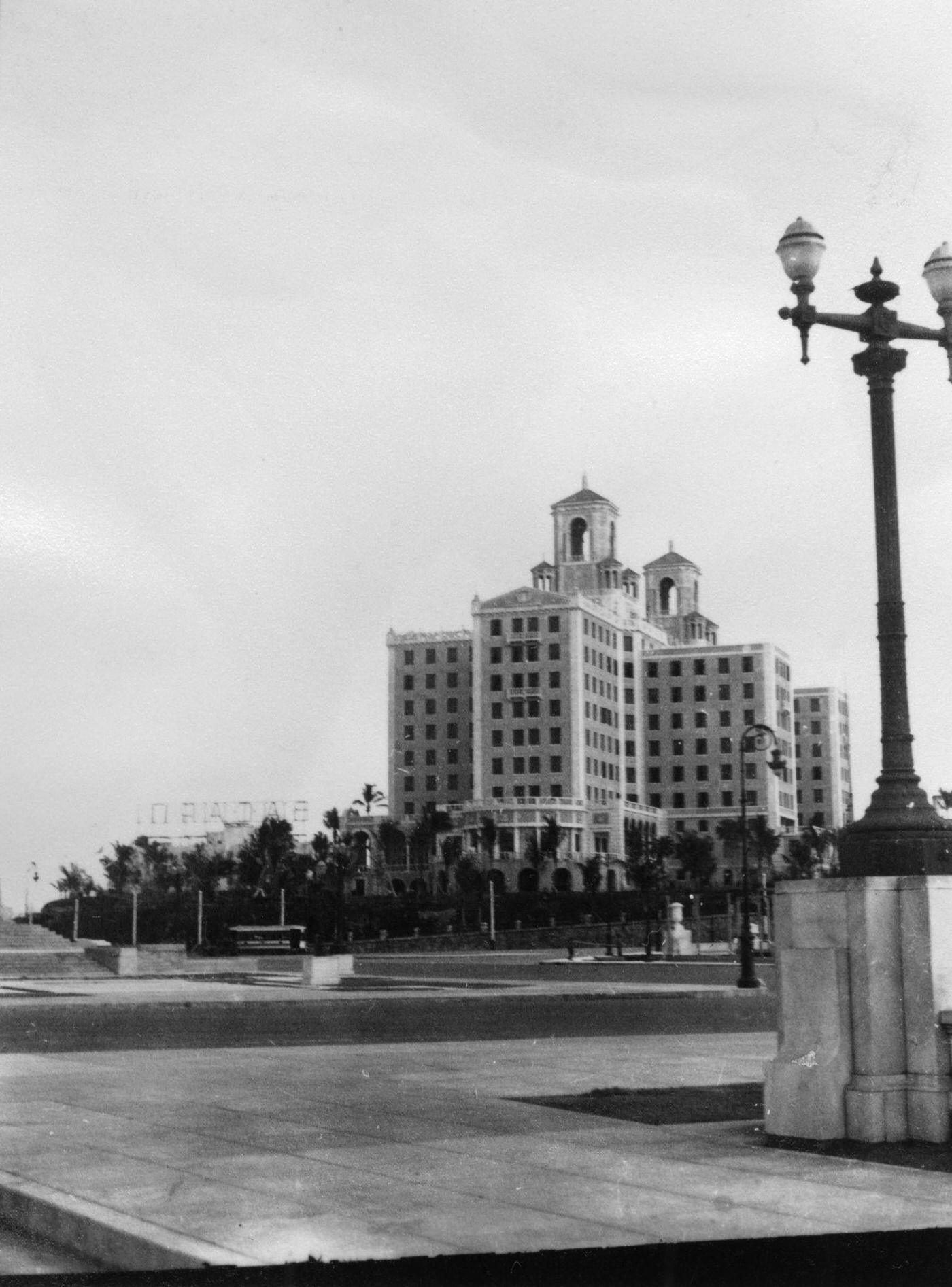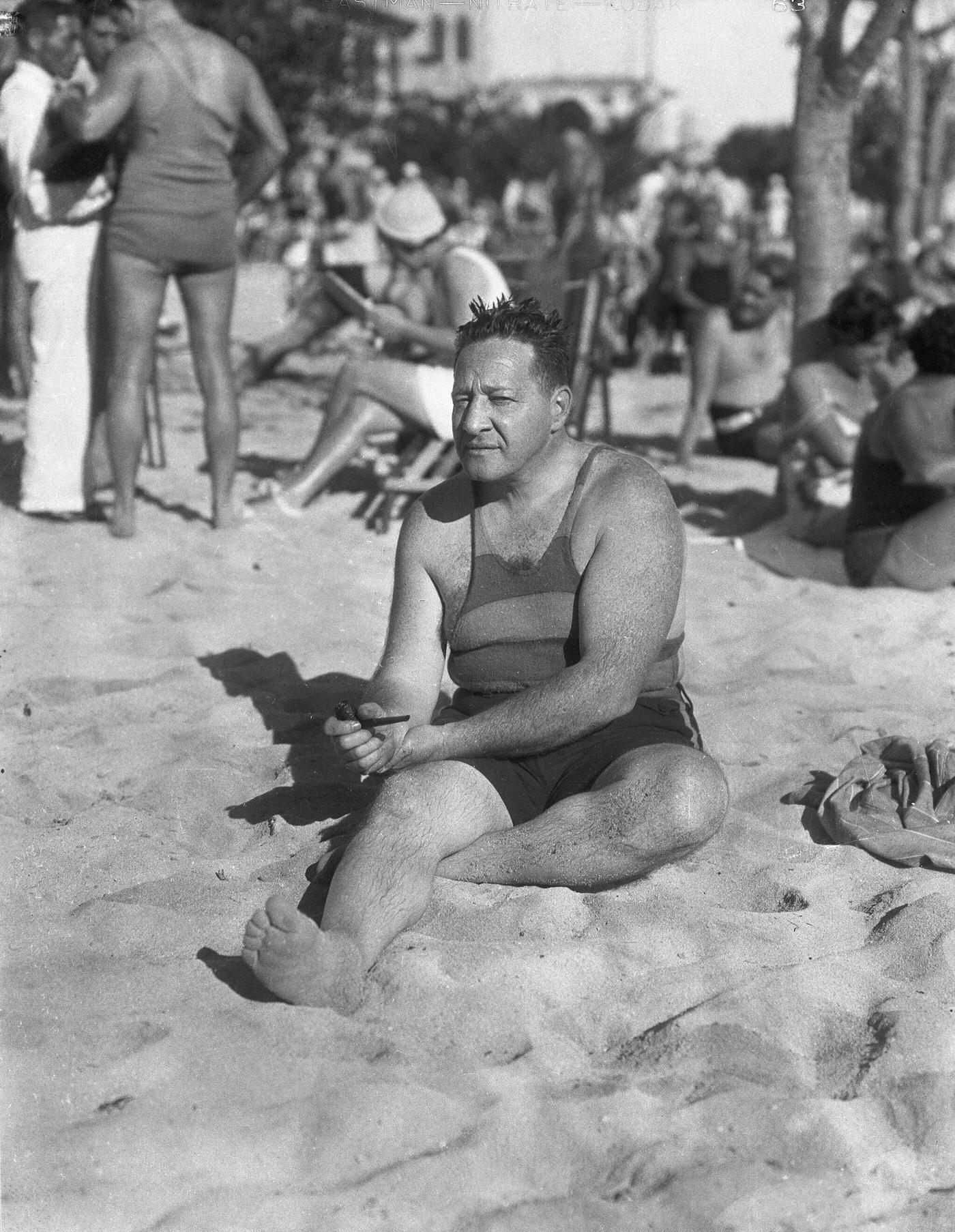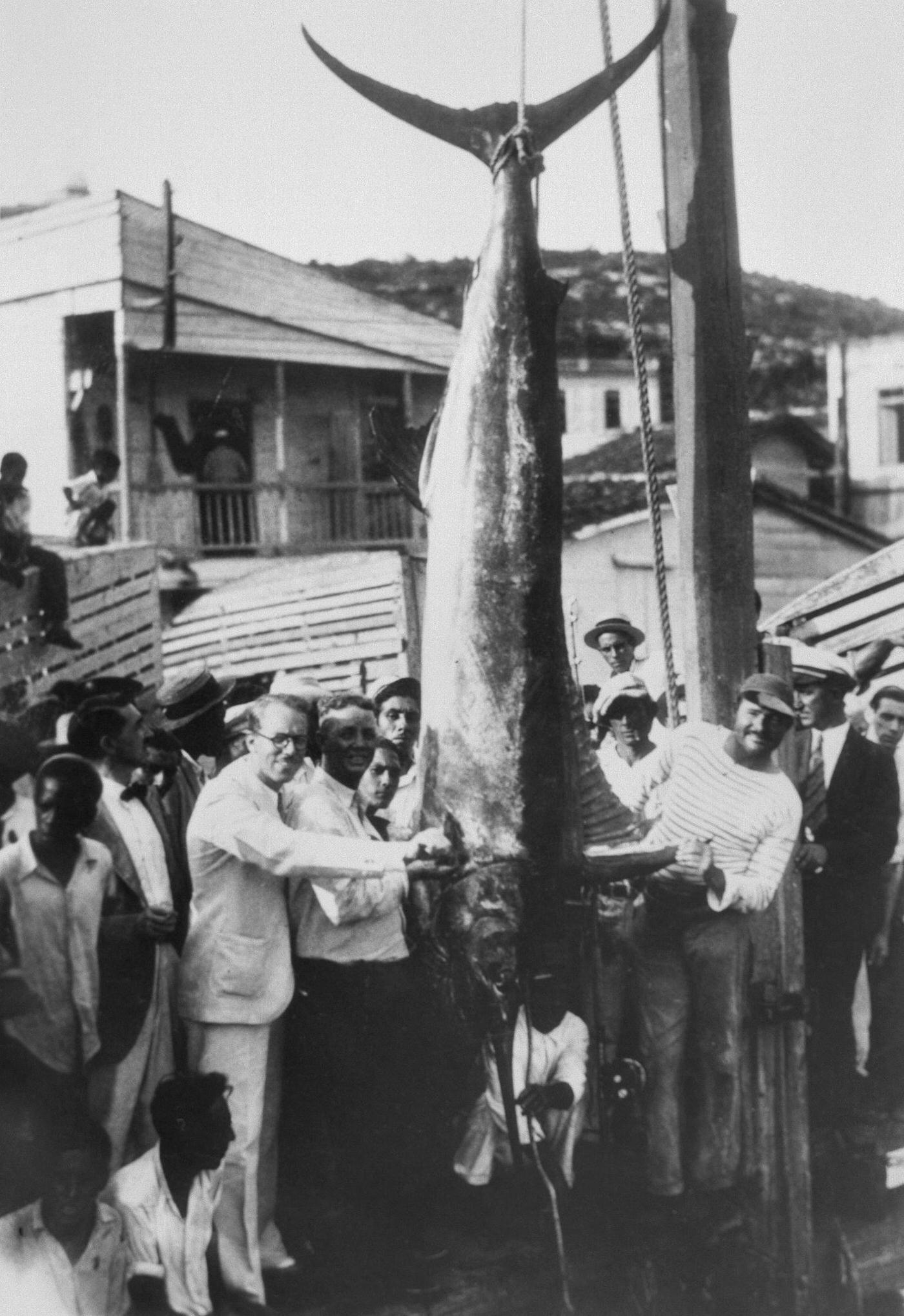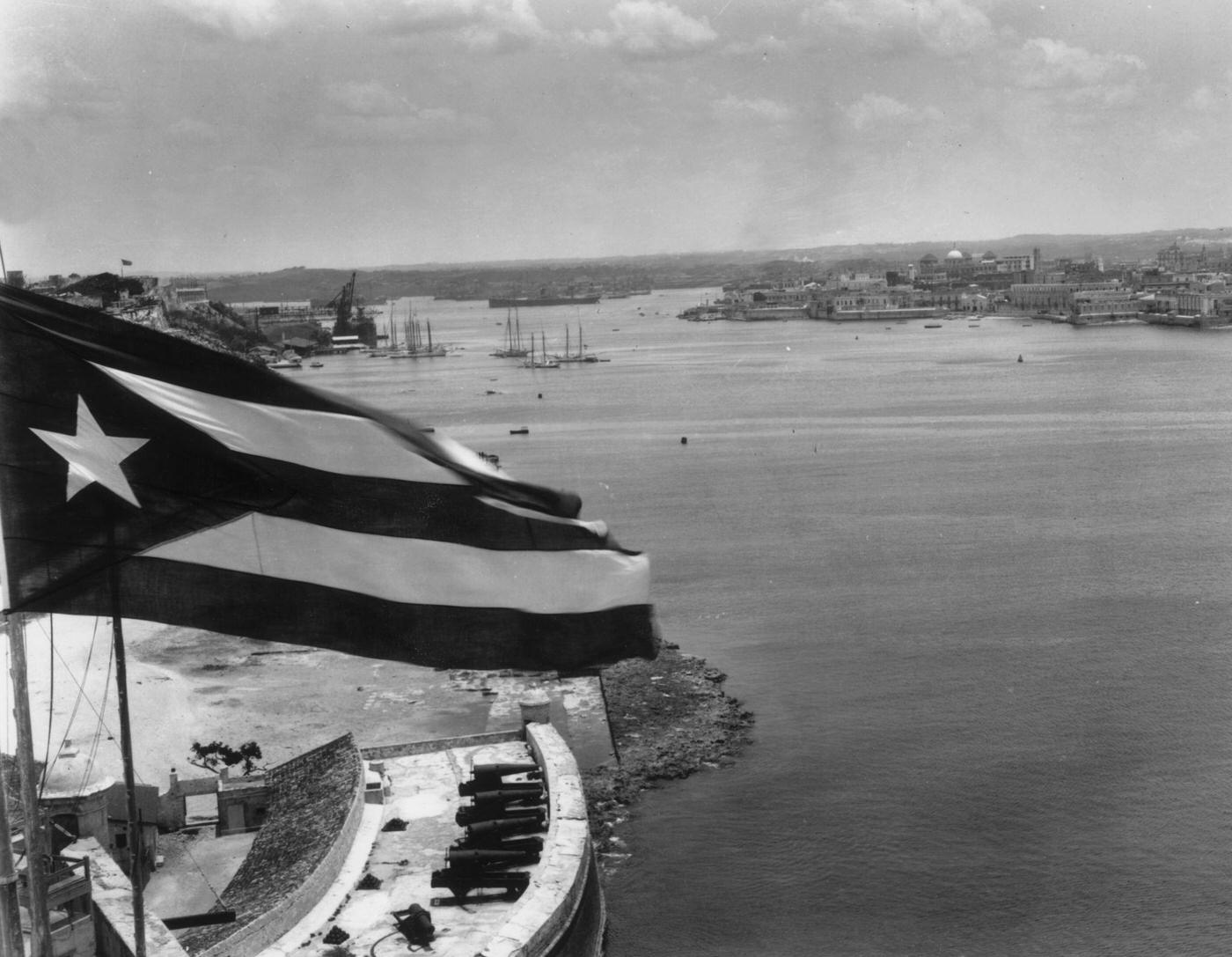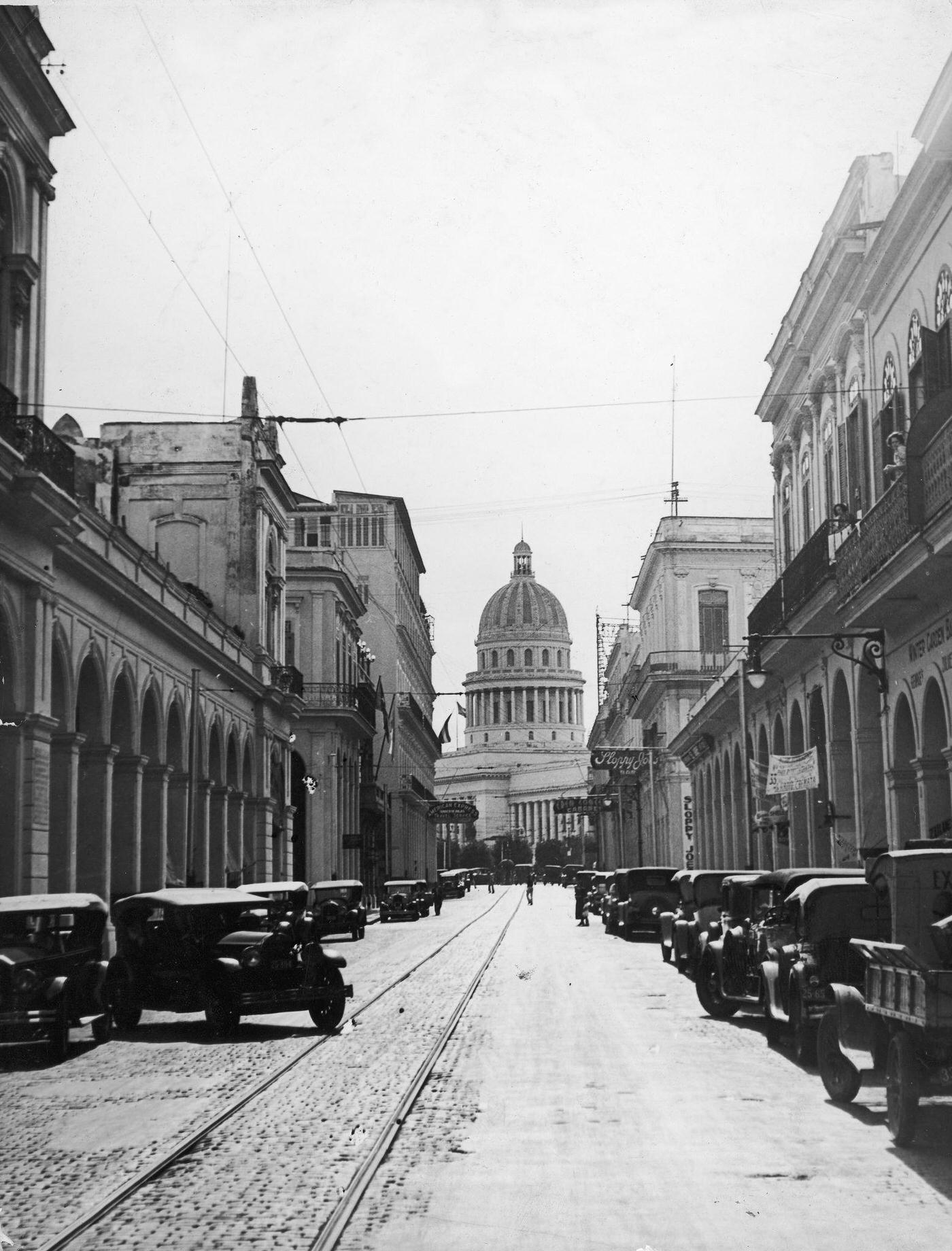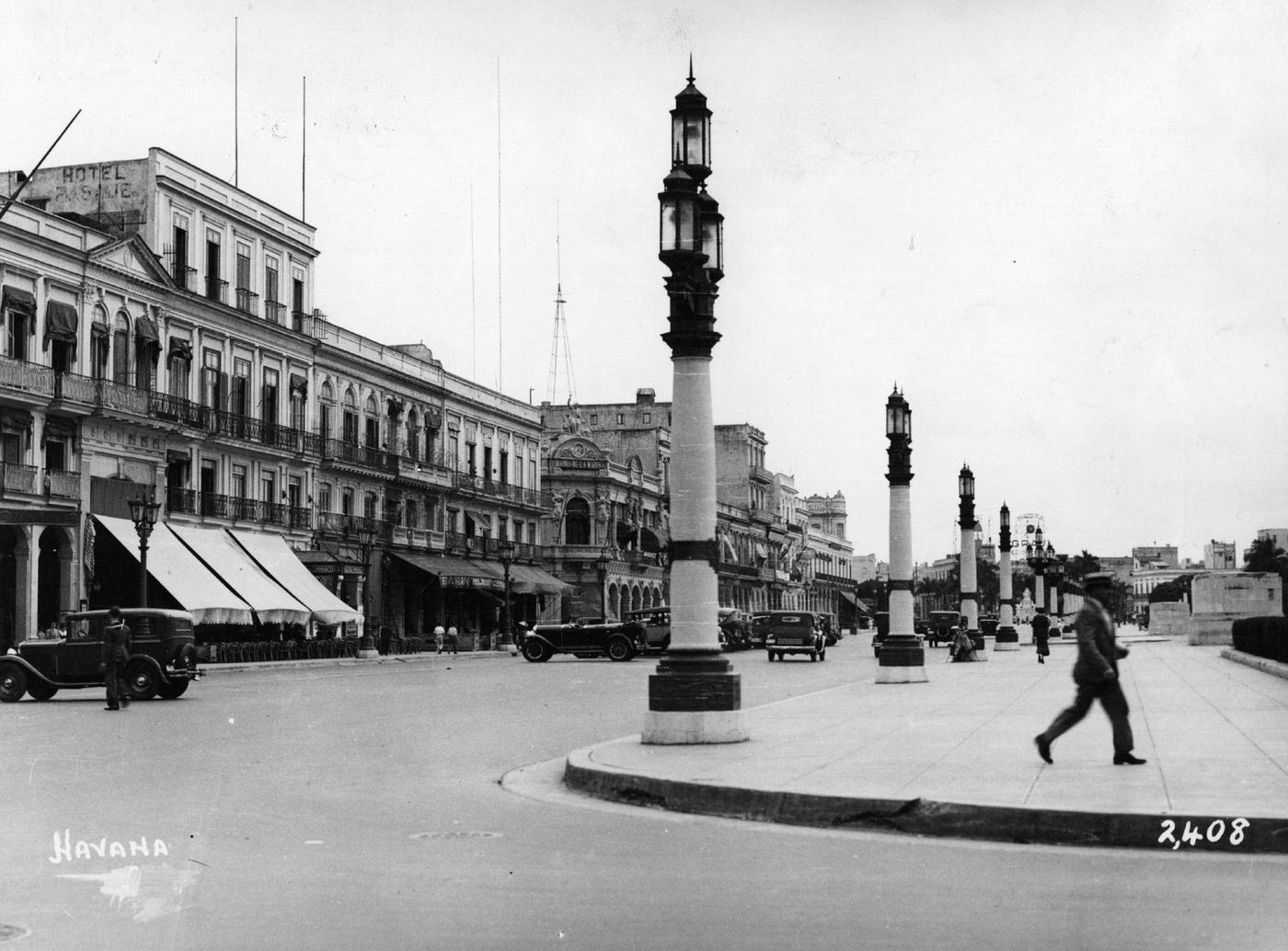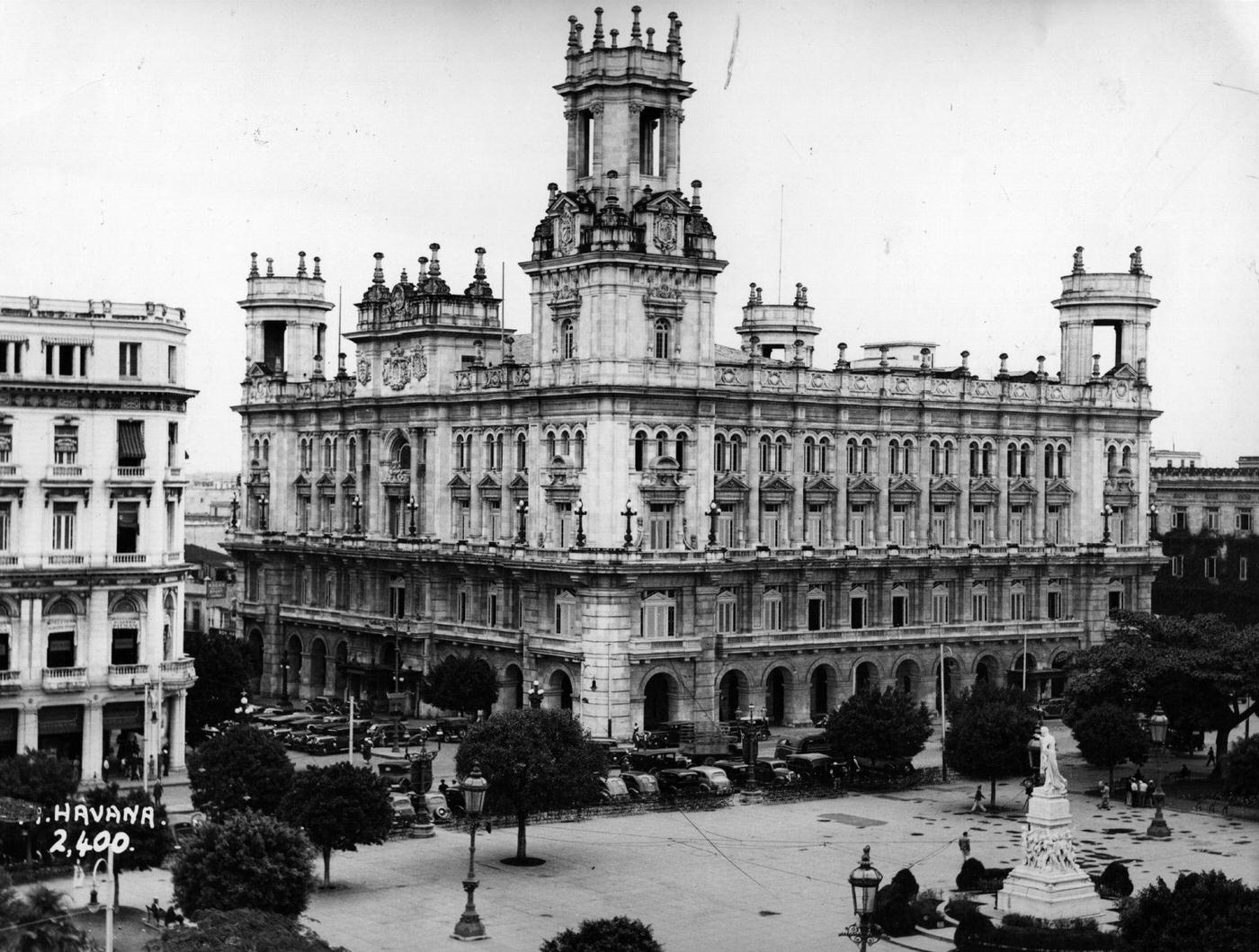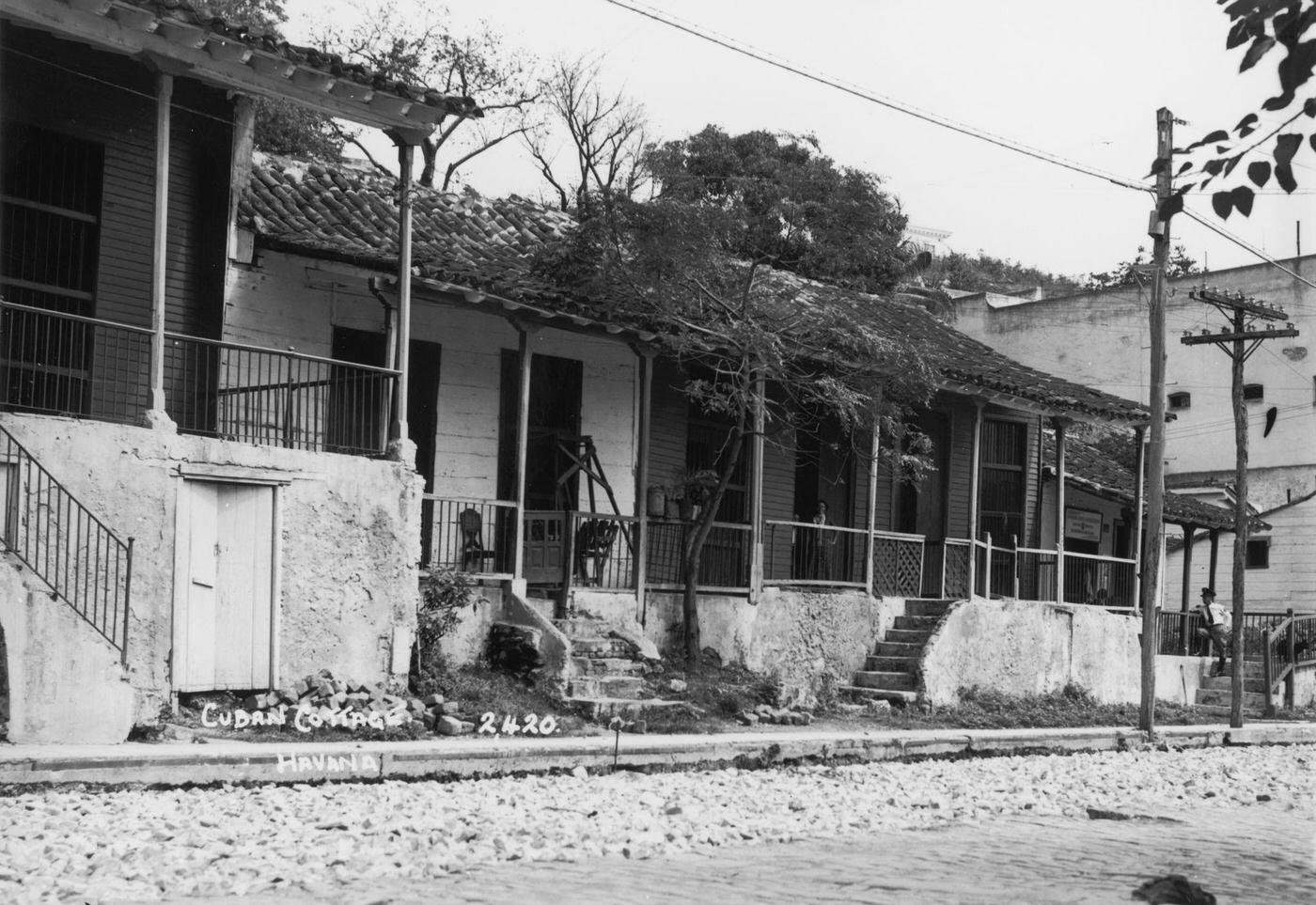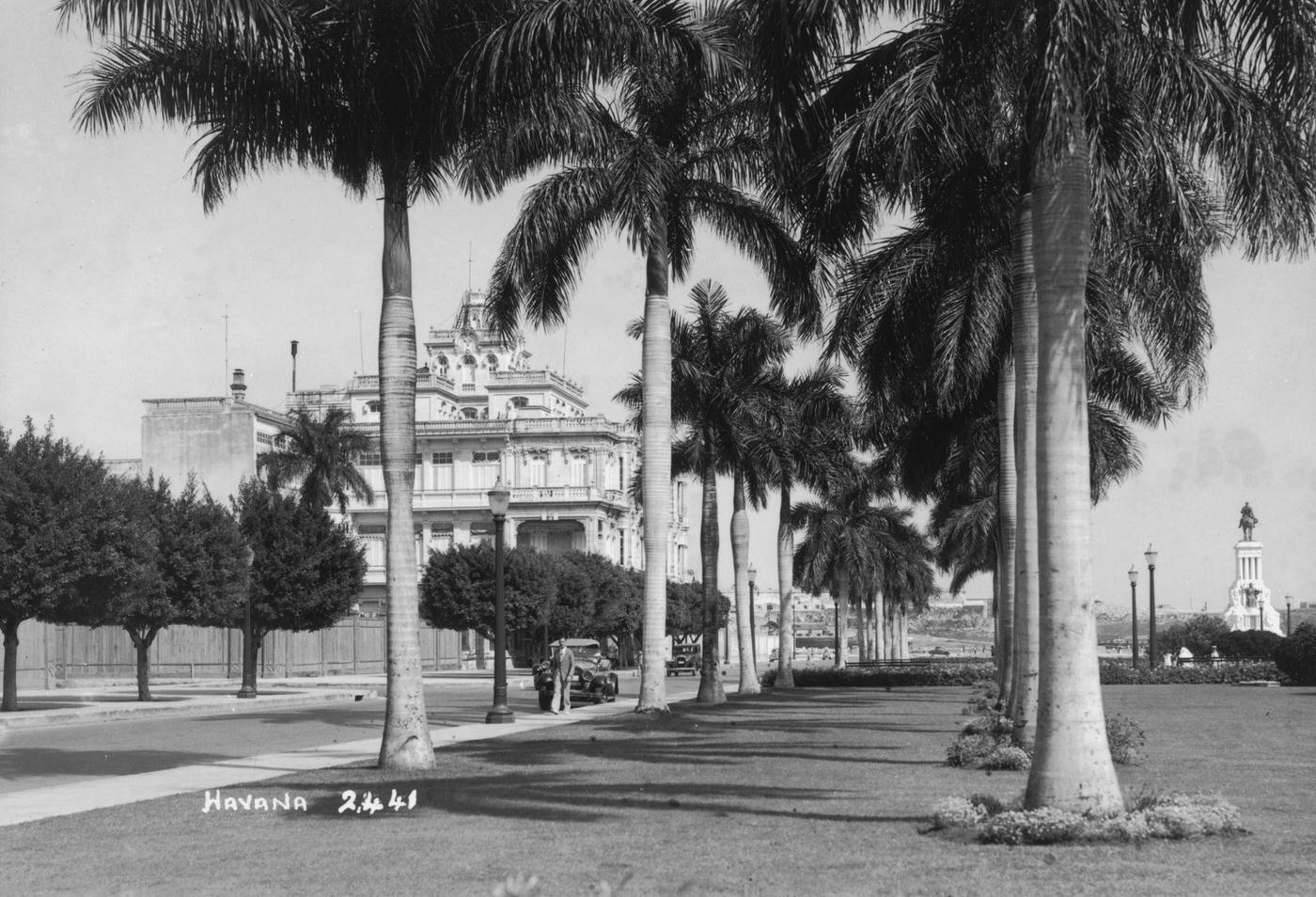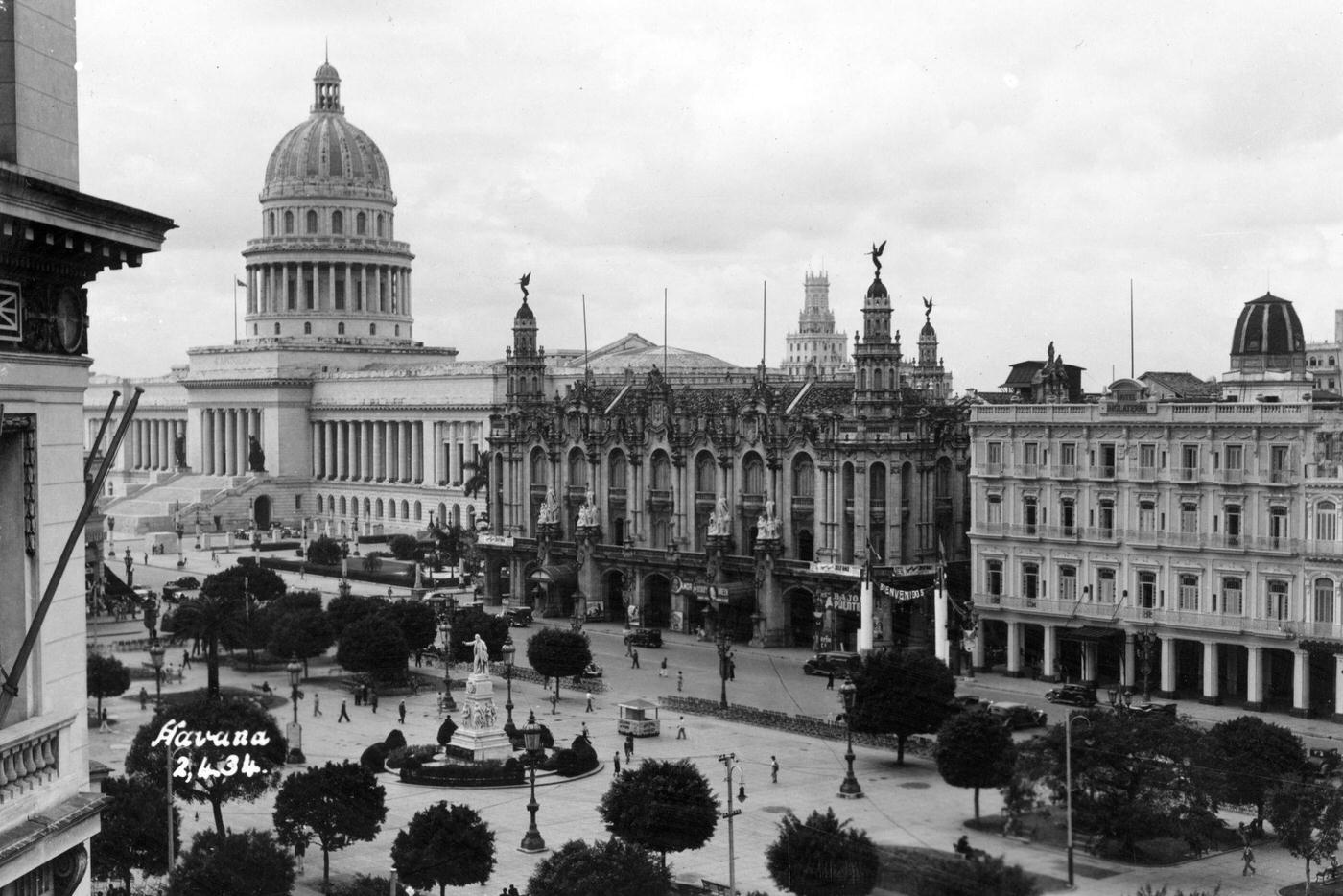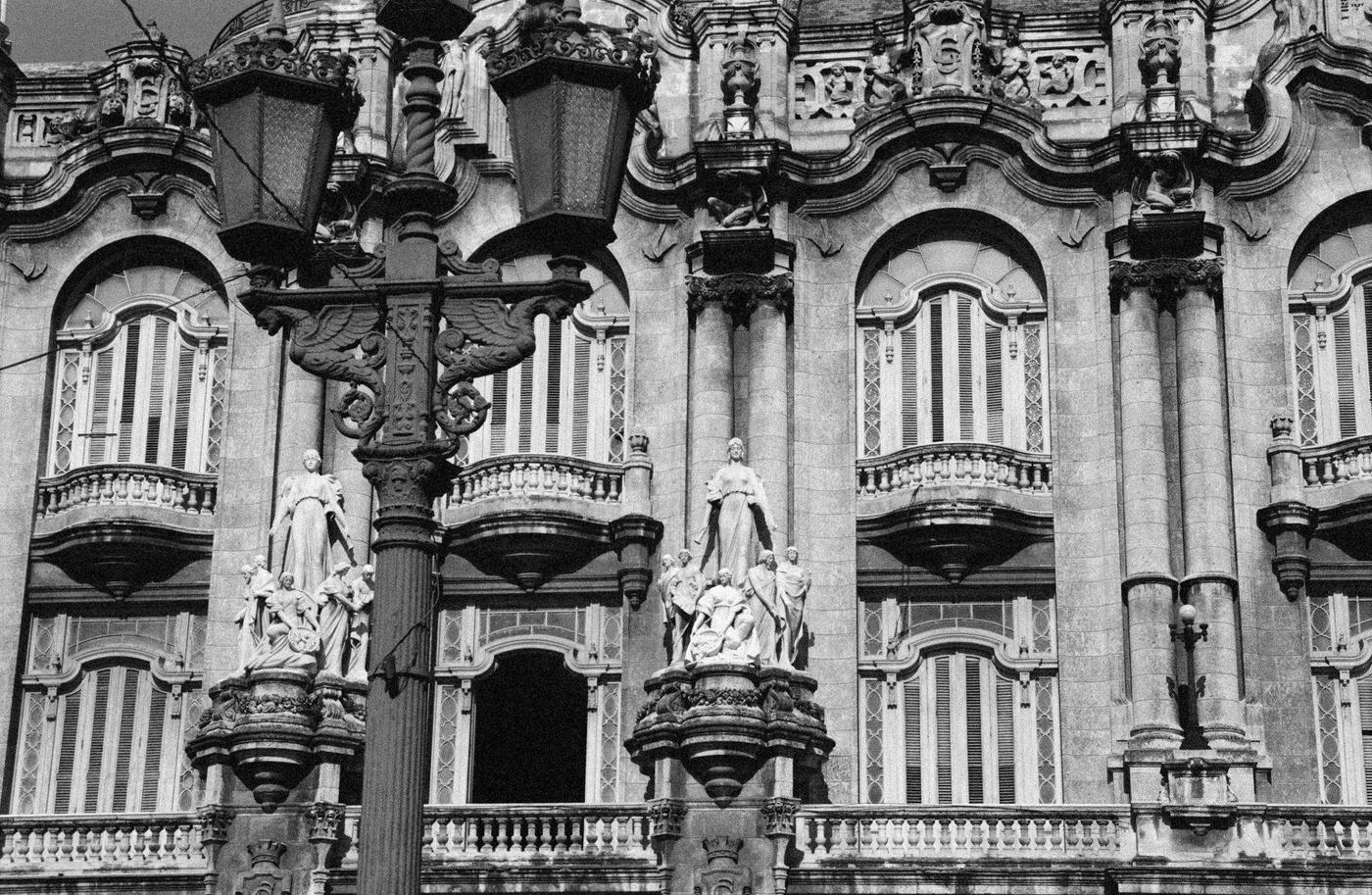The 1930s was a time of both glamour and political turbulence in Havana. Known as the “Paris of the Caribbean,” the city was a playground for the rich and famous, attracting celebrities, socialites, and tourists alike. Its stunning architecture, a mix of Spanish colonial, neoclassical, and art deco styles, provided the perfect backdrop for a lively and enchanting urban atmosphere.
As we stroll through the streets of 1930s Havana, we can almost hear the pulsating rhythms of Afro-Cuban jazz and traditional Cuban music emanating from the city’s many nightclubs, theaters, and dance halls. The vibrant sounds of musicians like Arsenio Rodríguez and Machito provided the soundtrack to a city alive with energy and excitement.
But the Havana of the 1930s was not all glitz and glamour. The decade was marked by political unrest and economic challenges, with the Cuban people navigating a tumultuous period in their nation’s history. Yet, amidst the uncertainty, the spirit of Havana remained strong, with its residents displaying an incredible sense of resilience and pride.
The everyday life of Havana in the 1930s was a tapestry of colorful scenes and experiences. Street vendors hawked their wares, from fresh fruit to handcrafted goods, while children played in the city’s many parks and plazas. Classic cars cruised the avenues, while the scent of Cuban coffee and cigars filled the air.
The city’s Malecón, the iconic seaside promenade, was a popular gathering spot for locals and visitors alike, providing a place to socialize, relax, and enjoy the breathtaking views of the Caribbean Sea. Here, we can imagine the people of Havana finding solace and escape from the challenges of their everyday lives.


